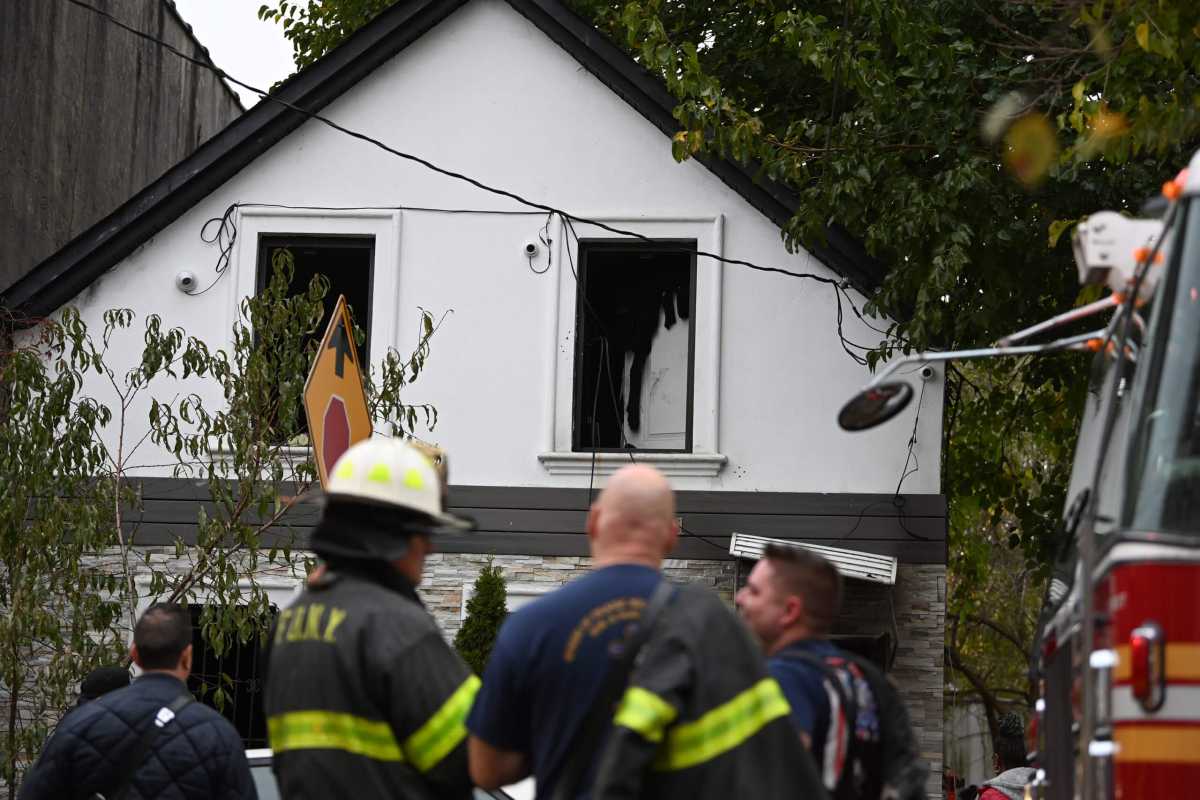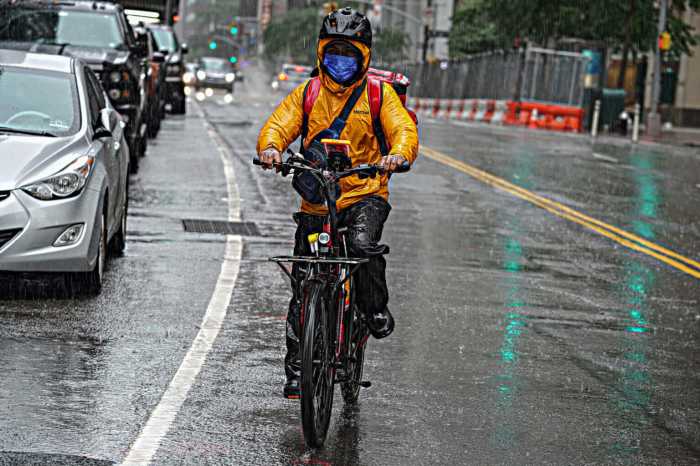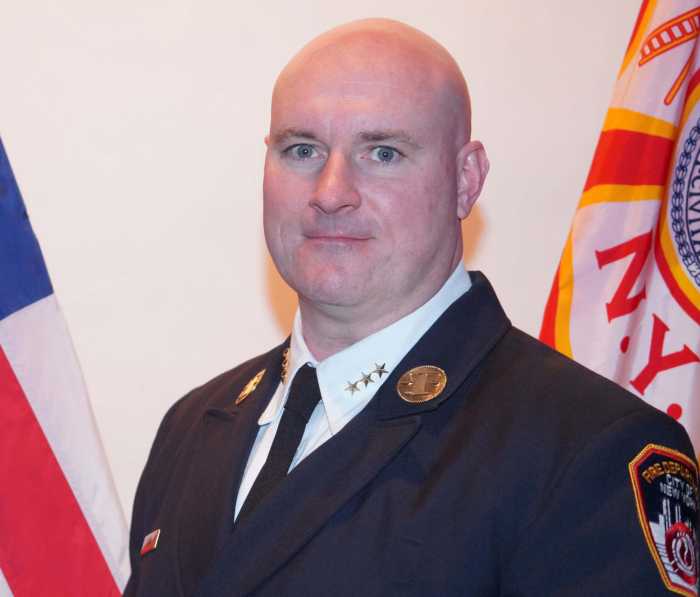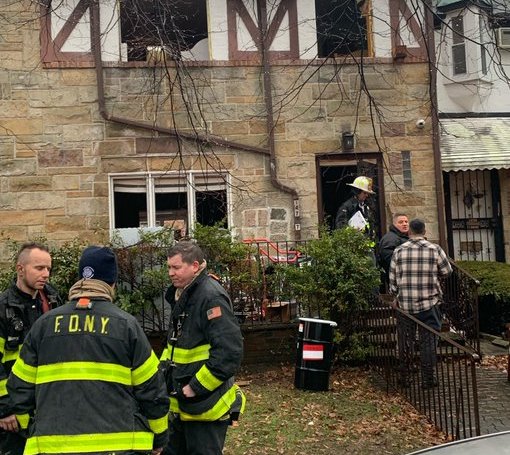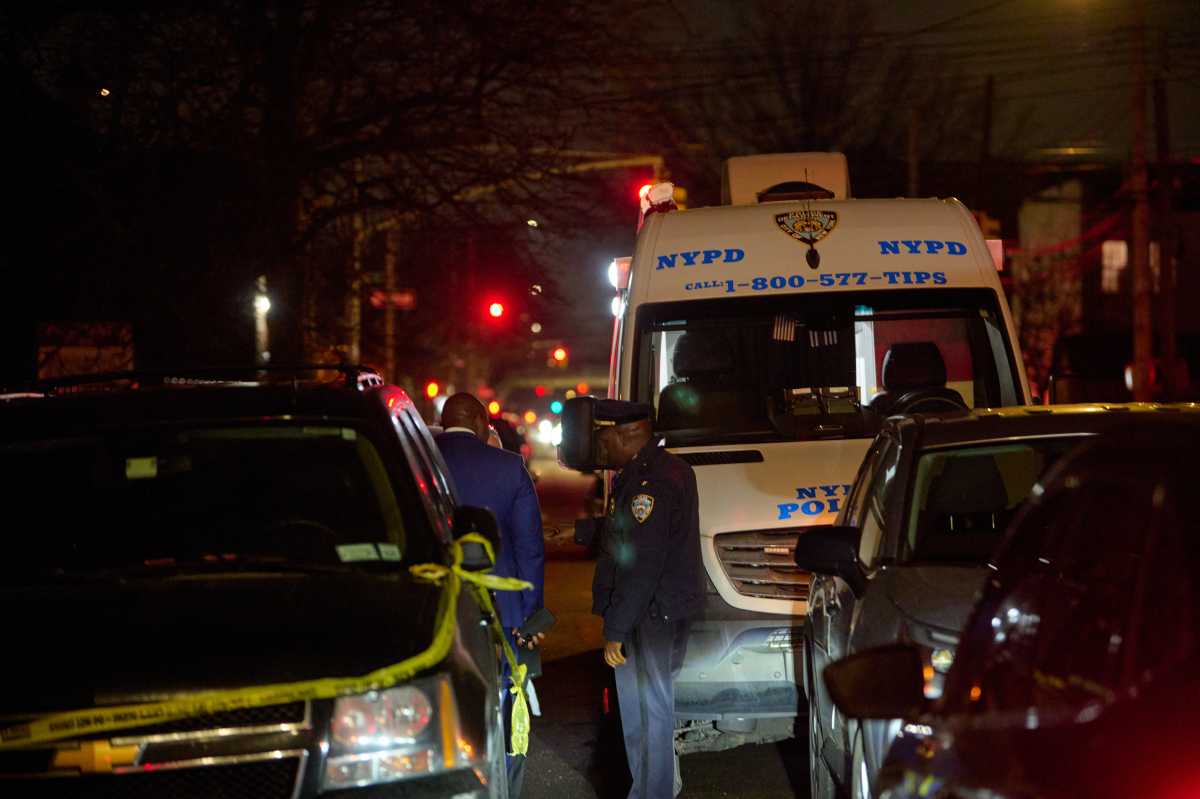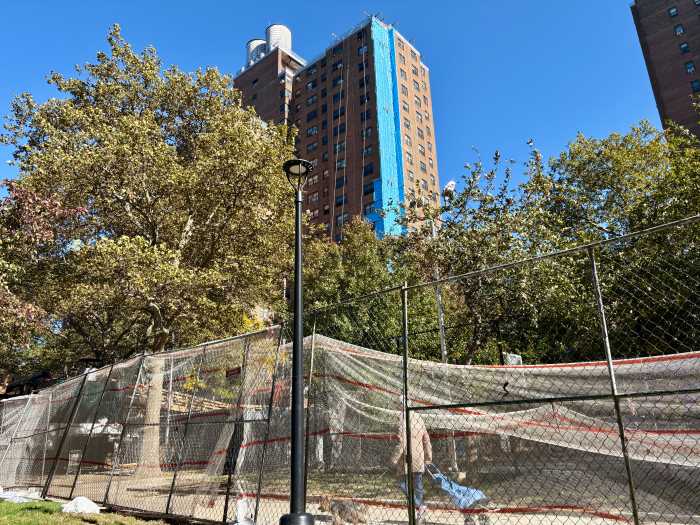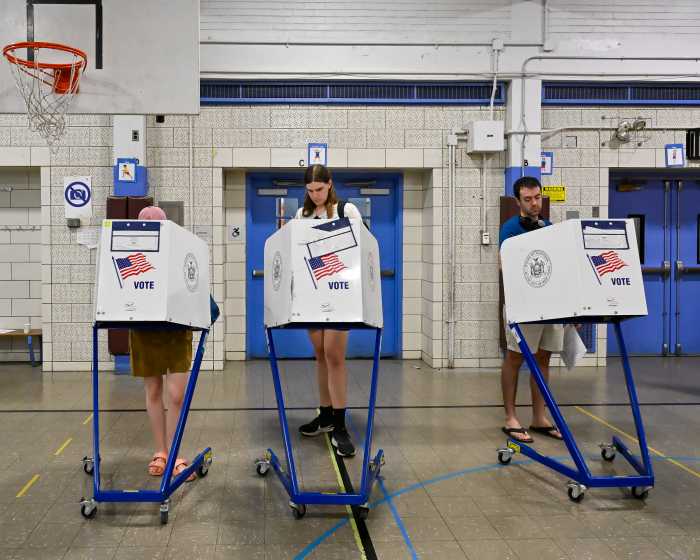On Feb. 13, a fire erupted in a home in Brooklyn, ultimately claiming the life of a woman in the home. On Jan. 25, a fire in Queens injured 18 people, including a child removed in critical condition. On Nov. 5, 2022, a fire on the 20th floor of a Manhattan apartment building forced two occupants to hang from a window to escape the choking black smoke.
They are alive today only because of the heroic rescue and emergency medical care by our members.
The common denominator of these fires? Each was caused by a lithium-ion battery.
These are just three of more than 400 fires caused by lithium-ion batteries in New York City in the last four years. These fires start quickly, grow rapidly, offer little time to escape, consume everything in their path, and are very difficult to extinguish.
When used properly, devices powered by lithium-ion batteries are a critical mode of transportation for so many New Yorkers, and an important tool for the livelihood of delivery workers across our city. When unregulated and not used properly, these are incredibly dangerous devices that have already taken the lives of twelve New Yorkers since 2021.
We are focused on finding a solution to this problem and we are coming at it from every direction as an administration. We are talking to the City Council about additional regulations of these devices, including greater enforcement, education, and prohibiting the sale of batteries for mobility devices that are not listed by a nationally recognized testing laboratory or approved organization.
I have written to the Consumer Product Safety Commission on two occasions, including most recently asking them to seize imported devices at the ports that fail minimum industry standards, levying penalties against manufacturers who create hazardous products, and seeking additional recalls of unsafe products.
Recently, our Fire Inspectors and Fire Marshals partnered with the NYC Sheriff’s Office on an enforcement operation that found hundreds of improperly stored and charging lithium-ion batteries and e-mobility devices in several businesses in Manhattan. The reckless activity they uncovered needlessly put the lives of residents at risk and would have created dire circumstances for Firefighters if they were forced to respond to fires at these locations.
In addition to legislation and enforcement, we know that education always has an impact when improving fire safety. We are reminding New Yorkers at fire safety events, in PSAs, and through the media to never block your exit with an e-mobility device. Never leave them unattended while charging, and never charge them overnight. We are urging those buying devices to only purchase one listed by a qualified testing laboratory, like Underwriters Laboratory (UL). UL certification only costs 10 cents per device. Only use the manufacturer’s power cords or batteries that are made specifically for the device. Don’t repair broken devices. More information, in multiple languages is available on our website, www.FDNYSmart.org.
One more thing: We know these devices are already in your homes, or your neighbor’s homes. They are in your communities. And so even as we regulate these devices, we recognize that people are dependent on them for their work and for their jobs. It is essential that everyone is aware of the critical dangers they present. Know the Fire Department is working tirelessly to educate and promote best practices of these devices for the safety of our firefighters, and all New Yorkers.
Laura Kavanagh, Commissioner of the New York City Fire Department



